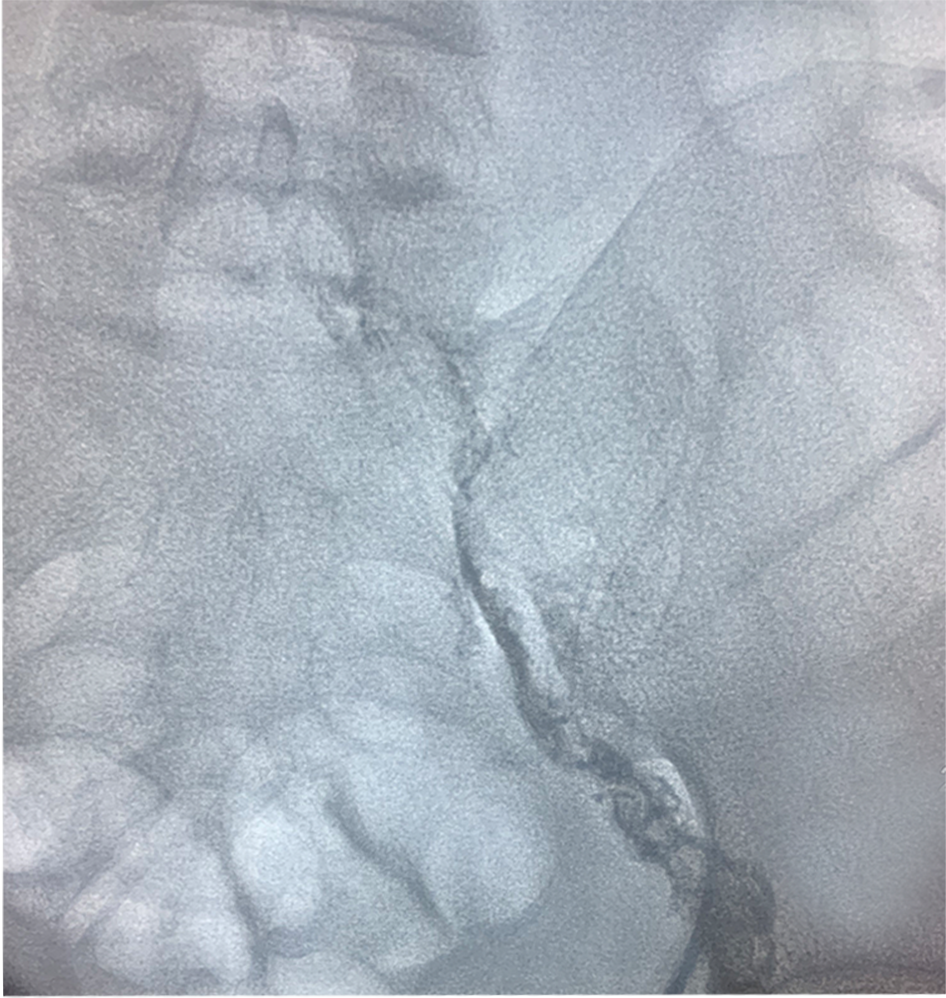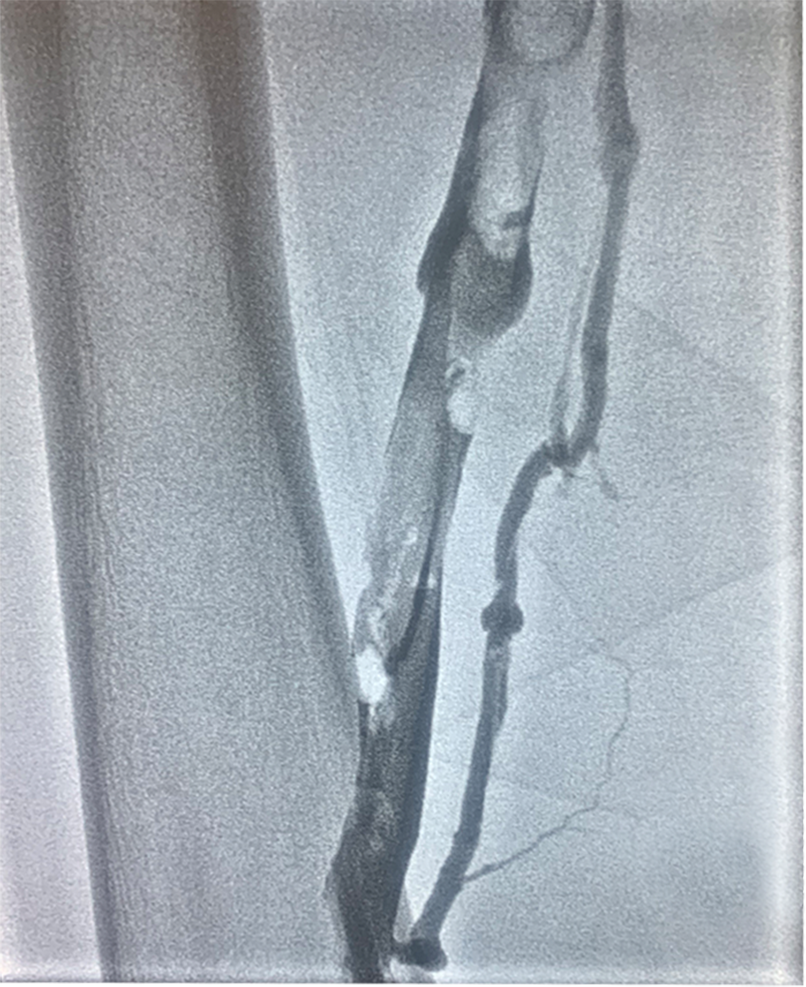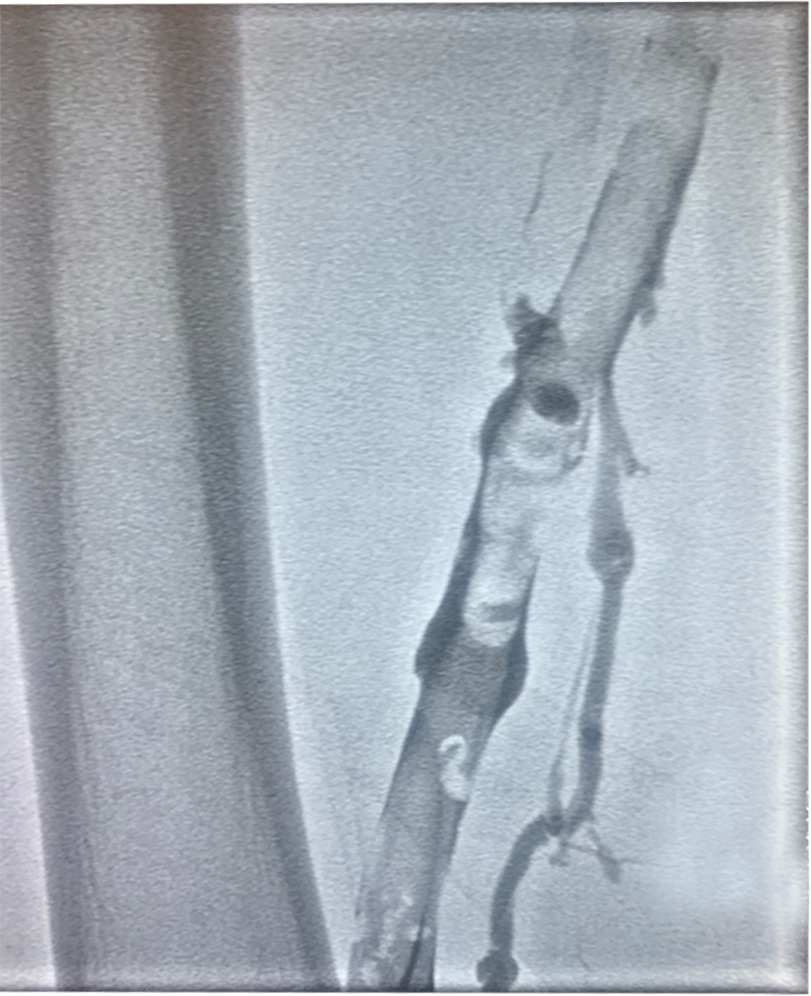Acute Deep Vein Thrombosis

What is Acute Deep Vein Thrombosis?
Acute deep venous thrombosis (DVT) represents a disease spectrum ranging from asymptomatic calf vein thrombosis to the painful, blue, swollen limb of phlegmasia cerulea dolens resulting from extensive multisegment thrombosis involving the iliofemoral venous segment.
How do I know If I have Deep Vein Thrombosis?
The most common symptoms and signs of DVT are dull ache or pain in the leg, tenderness, swelling, erythema, cyanosis, and fever. Edema, cyanosis, and pain are features of phlegmasia cerulea dolens. Venous gangrene is a rare condition that occurs usually in patients with cancer. The clinical manifestations of acute DVT vary from an absence of symptoms and signs to the dramatic presentation of phlegmasia cerulea dolens and venous gangrene.


What are the Complications of Acute Deep Vein Thrombosis?
With the understanding that lower extremity deep venous thrombosis (DVT) can fragment and travel through the inferior vena cava (IVC) to the lung, which is known as Acute Pulmonary Embolism(PE)or Venous Thrombo embolism(VTE). Thrombi from any of these locations can break off and result in PEs Of the 26% incidence of PE in hospitalized patients, 9% were fatal. Nearly 30% of patients have a recurrence in a 10-year time span.
How do you Get Acute Deep Vein Thrombosis?
Three factors are important in the development of venous thrombosis: (1) abnormalities of blood flow, (2) abnormalities of blood, and (3) vascular injury.
Risk factors for VTE, are increasing age, male gender, surgery, trauma, hospital or nursing home confinement, malignant disease,Neurologic disease(Stroke,Parkinson’s disease), central venous catheter or transvenous pacemaker, prior superficial vein thrombosis, and varicose veins. Among women, additional risk factors include pregnancy, oral contraceptives, and hormone replacement therapy.



